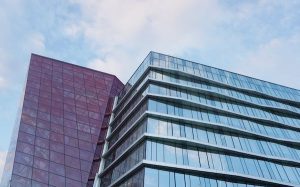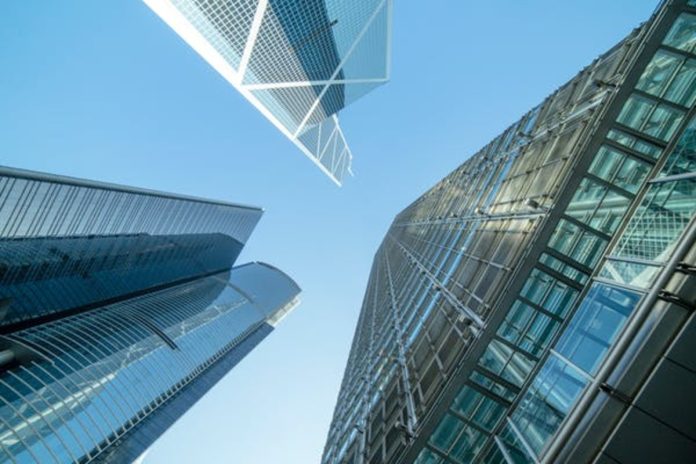Commercial building encompasses any design related to providing or performing a service. As such, it can include anything from hospitals and company warehouses to office spaces and hotels. While the best design solution might depend on the type of commercial building and the unique requirements of each project, all design processes should follow the same basic steps to ensure success. To that end, here are some commercial building design tips you should keep in mind:
Begin with the main purpose

Every commercial building has to serve a specific purpose, such as housing products or services. When designing a commercial building, its main purpose has to be considered, along with all the necessary requirements. While this might seem evident, it’s easy to overlook basic elements when you focus too much on the finer details. At the very least, you should consider the intended use of the space. Ask yourself who will interact with the building, how, and why. Understanding the purpose of a commercial building will allow you to meet the client’s needs and overall vision successfully.
Consider the intended users
No building can be replicated for various uses – designers have to create bespoke and unique solutions for each project. Certain commercial buildings will come with clear functions and intended users that reflect these factors. For example, hospitals will need several floors and separate sections for designated departments, while retail and office spaces provide more freedom for creative solutions. The way in which people interact with the building should always be considered. This will dictate the main design elements, whether the goal is to attract potential customers through enticing showrooms or support employee productivity with natural light and open spaces.
Utilize the right materials
An attractive design solution isn’t the only important factor when designing a commercial space. The building has to be resilient and structurally sound as well. This is achieved through the right choice of construction materials. In Australia, for instance, designers will often hire structural steel fabricators from Sydney to help them bring their buildings to life. Steel is one of the most dependable materials for commercial projects due to its durability, strength, and lightweight nature. Other appealing solutions include smart glass and energy-efficient materials like architectural metal screen and insulated concrete blocks.
Think about the surroundings
Across Europe, on the other hand, the building’s natural surroundings are another important consideration. Here, blending in with nature is often a priority, using solutions such as stone and timber cladding to create beautiful designs that aren’t too obtrusive. This is a great solution for industrial and leisure commercial buildings that benefit from a neutral and harmonized look. But when it comes to retail, healthcare, and other commercial buildings where standing out is vital to operations, uniqueness is advised. Stronger branding and an established style can be of great help in these instances.
Try to be more creative
Depending on the type of commercial building you are designing, the project can benefit greatly from innovation. Consider implementing some unique features and distinctive design solutions that easily catch the eye of prospective customers walking by. Bold colors, bright accents, curved lines, unconventional material combinations, and modern lighting are just some of the factors you might want to think about. When a commercial building is more impressive and striking, it can reflect the brand better, appeal more to consumers, and even allow you to unleash your creativity. However, such solutions are best left to forward-thinking companies and innovative retail spaces.
Be mindful of the budget
Like any other project, commercial building design requires a specific budget you must adhere to. It’s recommended to prepare a detailed expense list during the design process, to ensure your solution can follow the predetermined budget as best as possible. Making sure that your design is around five to ten percent under budget is also a good idea, allowing construction companies to cover any unforeseen expenses during the building process. The construction timeline for a commercial building could span several seasons as well, which is another factor that might impact the overall budget.
Commercial building design is a complex process that might end up being quite challenging based on the specific project. Use the advice above as a solid starting point to streamline this procedure and set yourself up for success.



























![“Does Everyone Hear Me OK?”: How to Lead Virtual Teams Effectively iStock-1438575049 (1) [Converted]](https://www.europeanbusinessreview.com/wp-content/uploads/2024/11/iStock-1438575049-1-Converted-100x70.jpg)




